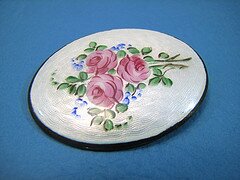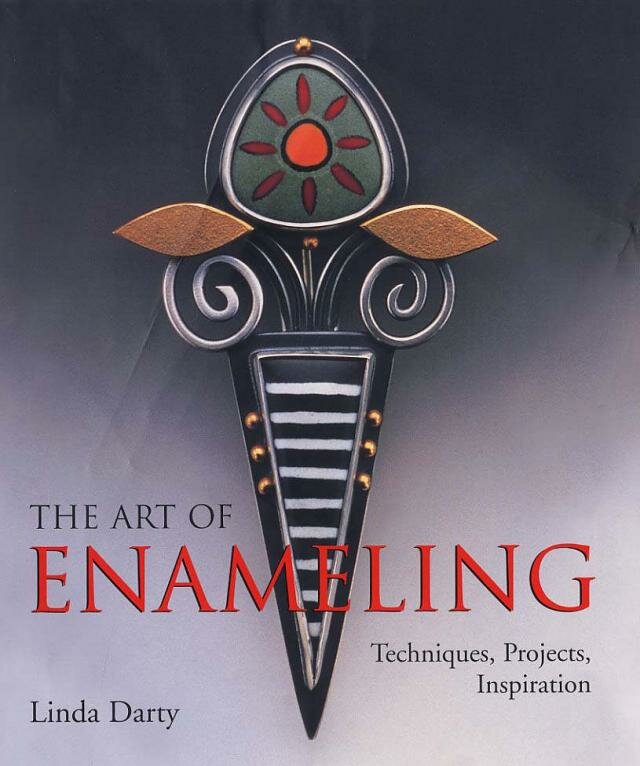|
Contact the seller in advance before paying for the order! Enameling Guilloche – Beauty Invented By Faberge
Guilloche is French and means Engine turning. I know that this sound a bit strange, but this enameling technique is done by first engraving the metal plate and then adding the enamel, to create more depth in the designs. The name actually describes a very precise and intricate pattern that is mechanically engraved into the metal base. The engine turning machine is named after the man who invented the machine that could scratch detailed patterns onto metal. The term Guilloche is used on the engraving technique and is actually not a name of a particular enameling technique.
Now, machine engraving has been used since the 1500s, but covering it with enamel did not origin before the late 19th century when Faberge started adding enamel onto the amazing engraved patterns. Faberge is famous for his beautiful eggs, but also for his jewelry. Beautiful engine turned engraved and enameled egg shaped pendants were passionately collected by ladies of high society in the beginning of the 20th century. And his eggs, well they were enameled and engraved as well. Faberge is known to have produces some of the finest examples of enamelwork in the world. The technique of combining engraving with enamel soon found its way into other major jewelry establishments like Cartier and Boucheron. Sadly the machines, also called geometric latches or rose engines, are no longer in production. Therefore engine turning engraved works with and without enamel are, with very few exceptions, no longer made. Guilloche works can now only be found in very expensive clock works, and very few companies practice the art. You can find beautiful vintage enamel works with engraved patterns, but only a piece with a true guilloche pattern can be called a true one. Although they were engraved by a machine, the technique took skills and accuracy, so each piece is considered a piece of art. And since they are no longer in production, the prices of these items will probably rise considerably with time.
How is it actually made? When the pattern is engraved translucent enamel is applied over the pattern and collects in the engraved lines, creating a three dimensional pattern. Coro and Eglin produced jewelry, referred to as guilloche roses which had pastel enamel hand painted over the engravings, which became hugely popular in the early 20th century. Enameling with this type of engravings are sometimes confused with another enameling technique; Basse taille which is a sophisticated variation of Champleve. Guilloche enameling is a form of Basse taille in the sense that the metal base is engraved and then has enamel applied.
The engraving technique is however very different. Basse taille engraving is done by hand, and does not have the strict repetitive pattern of engravings done by a rose engine. If you have inherited jewelry from your grand- or great grandmother, check out what you’ve actually got. It might be that you have a true Guilloche in your hands. If you do; have it valued by a professional jeweler. And, if it turns out not to be so valuable now, keep it anyway. Vintage is in, and will probably not fade in interest. You may actually have something that will increase in value with time. Other enameling techniques that you may want to read about:
Return from Guilloche to Jewelry Making Techniques Leave a comment ,I would love to hear your opinion on this page. Good or bad, it will help me making this Site better. |









